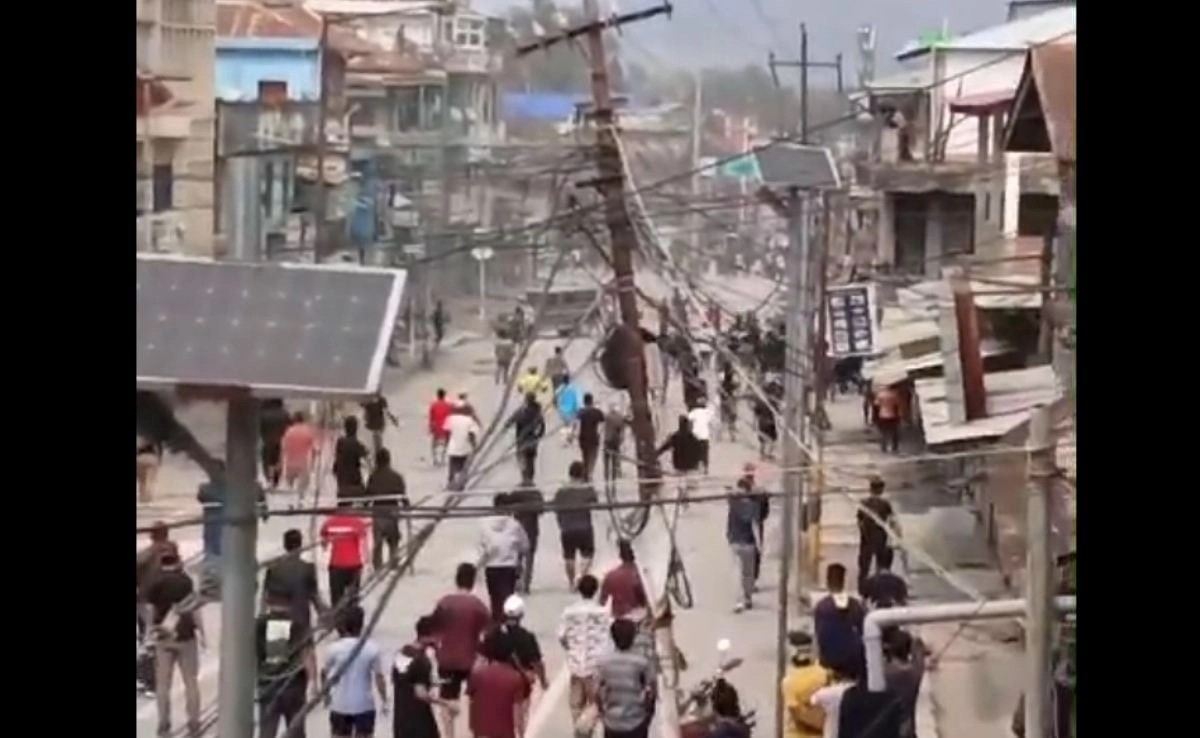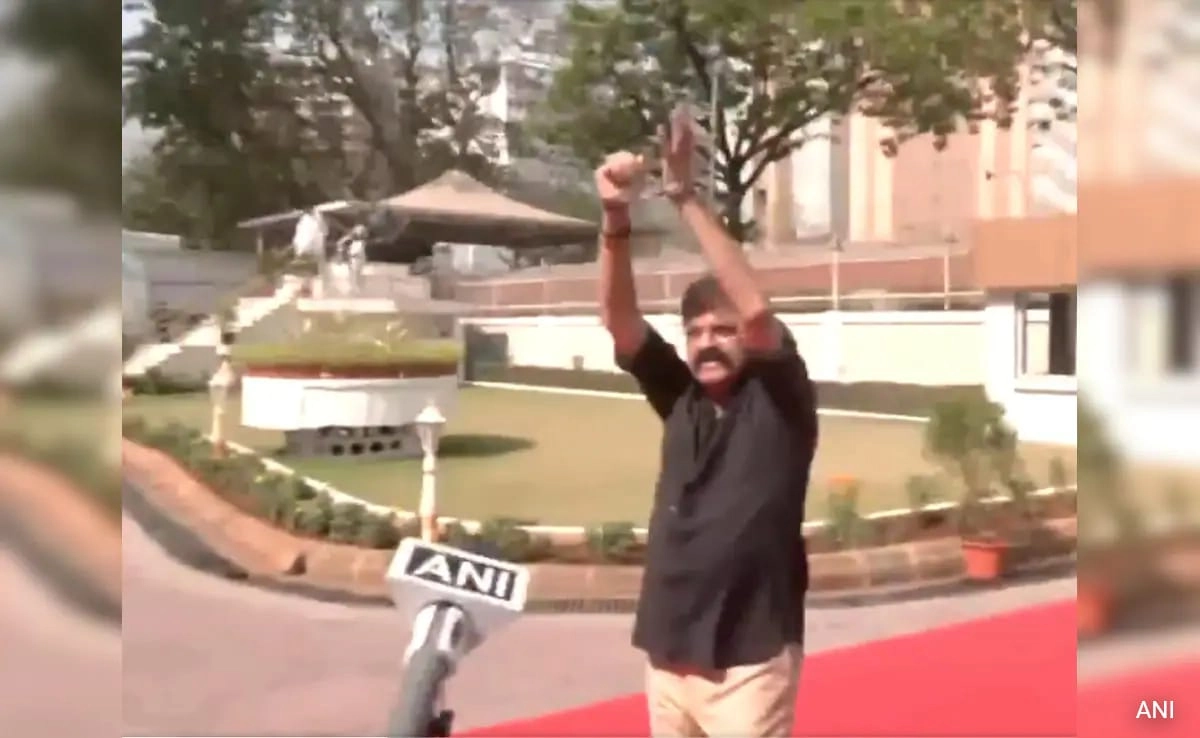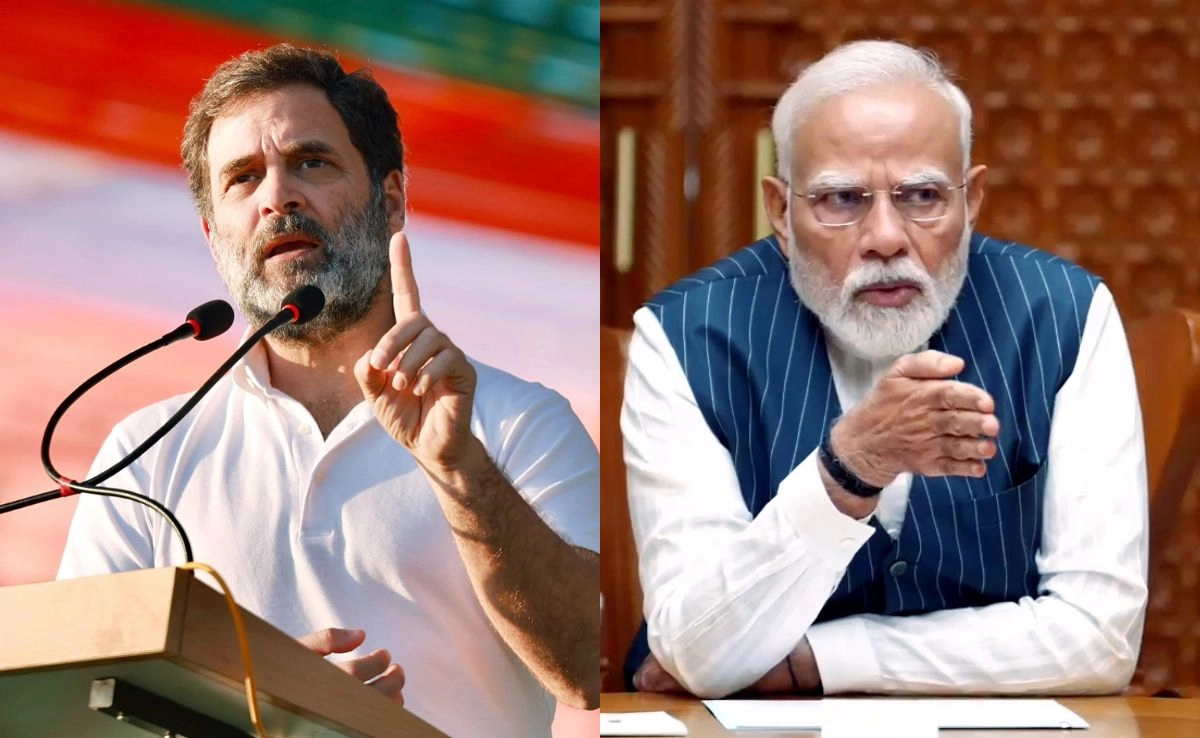Recent events in Manipur have escalated tensions in Churachandpur, following the assault of a prominent leader from the Hmar tribe. This incident has ignited a series of clashes, reflecting the deep-seated ethnic and social divisions within the region. The Hmar community, known for its distinct cultural identity, has long been involved in various struggles for recognition and rights. The attack on their leader is viewed as an affront to their dignity and has provoked strong reactions not only from the Hmar tribe but also from various other ethnic groups in the area.
In the wake of the assault, protests erupted, leading to violent confrontations between different factions. The situation has been further exacerbated by historical grievances and competition for resources and political representation among the diverse communities in Manipur. The unrest highlights the fragile nature of peace in the region, where ethnic identities play a significant role in shaping political dynamics. Law enforcement agencies have been deployed to manage the situation, but their presence has not sufficiently quelled the anger and frustration among the protesters.
The government has called for calm and dialogue to address the underlying issues that have led to this outbreak of violence. However, many community leaders argue that without addressing the root causes of the conflict—such as land rights, political representation, and cultural recognition—any attempts at peace will be superficial. The assault on the Hmar leader serves as a stark reminder of the ongoing struggles faced by marginalized communities in Manipur, and it underscores the necessity for inclusive dialogue that acknowledges the diverse voices and aspirations within the region. As the situation develops, it remains crucial for local and national authorities to engage constructively with all stakeholders to foster reconciliation and prevent further violence.




